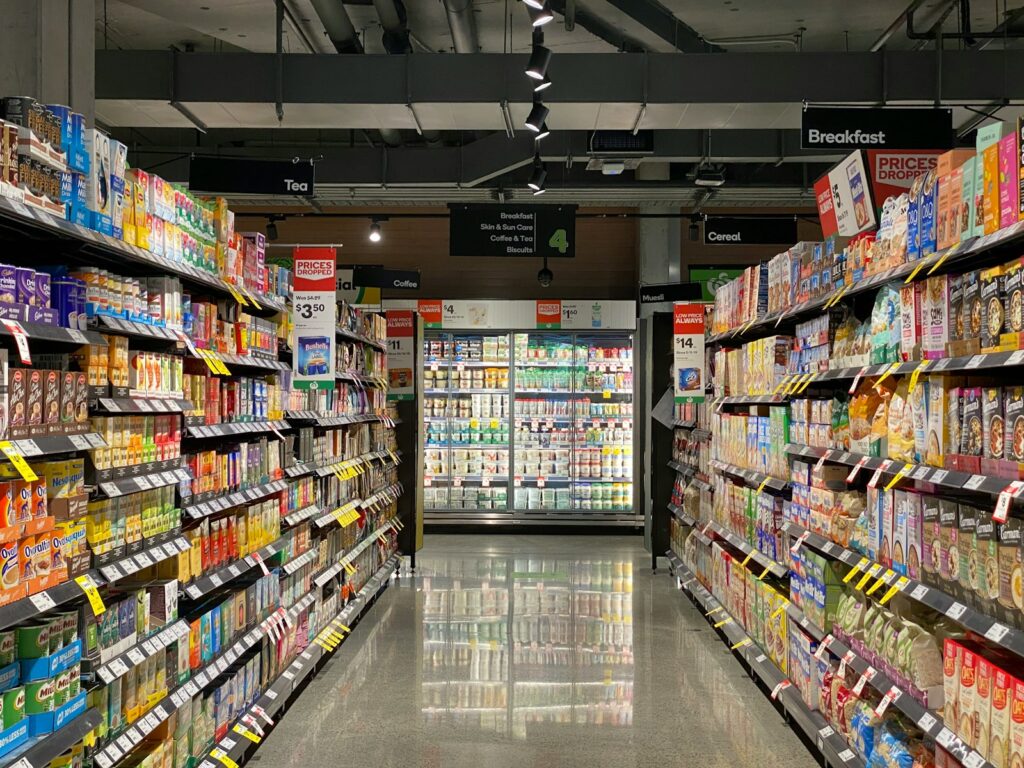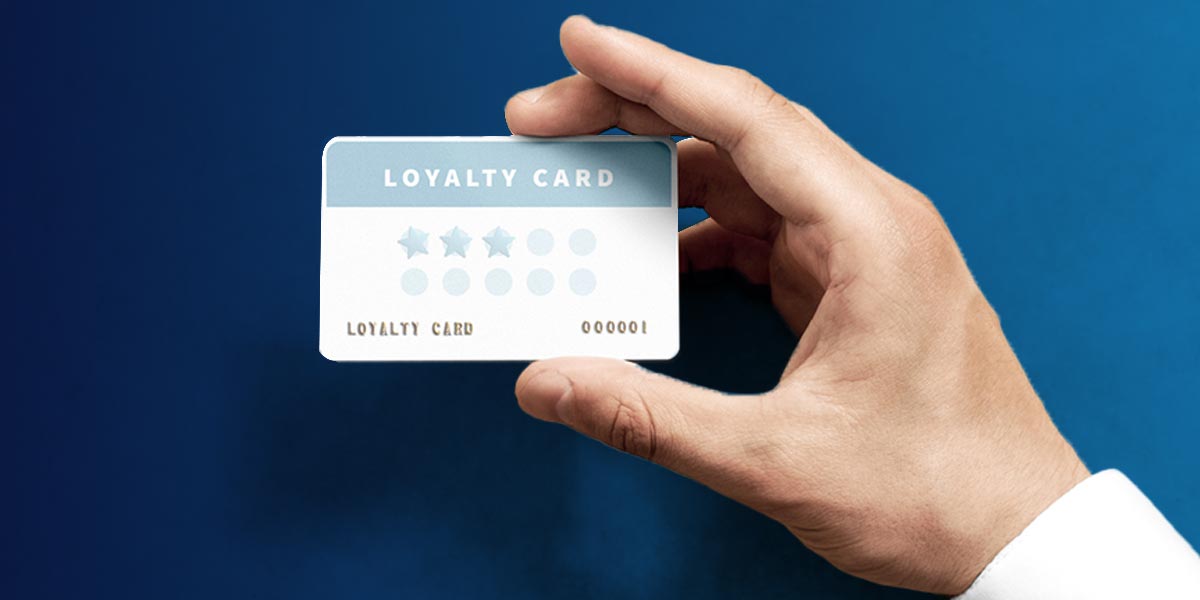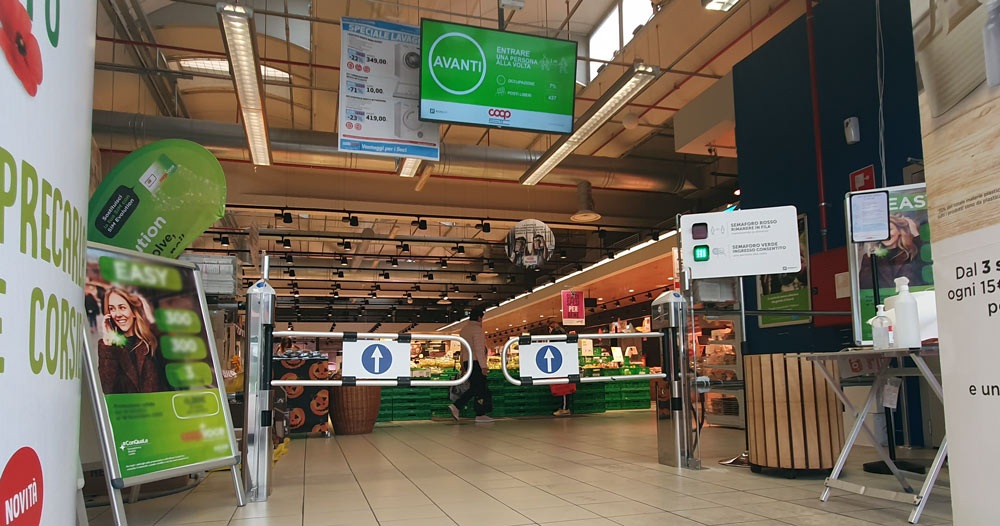
Retail stores are much more than just shopping venues; they are carefully orchestrated environments designed to enhance your experience and maximize sales, with a lot of behind-the-scenes planning involved.
It integrates behavioral psychology and intelligent design, aiming to enhance the shopping experience. To be honest, they want us to spend more money. This is not the magic you see, but a carefully tuned science. They strive to capture our attention. The store influences our decision-making. They make your shopping experience enjoyable and successful.
Have you noticed something suddenly appearing in front of you? Sometimes you put some extra things in your shopping cart. These things did not happen by chance. From when you enter the store to when you make the payment, retailers are playing some tricks.
These strategies are often subtle yet effective, guiding your shopping path and showcasing additional products along the way. Experts highlight the astonishing level of detail, revealing a sophisticated interplay between store design and consumer behavior, allowing you to shop smarter.

1. **Those end-of-aisle items on sale are probably not saving you much money**: This may sound a bit strange. The tempting products placed at the end of the shelf are called “end shelves” by people. They are not always a good place to save money. Andrea Voroh is a consumer cost saving consultant. She pointed out something important. She mentioned, ‘The products on the end shelves may not necessarily be the most cost-effective.’ These positions are easily visible. The store places them there to catch your eye. They usually display some seemingly cost-effective products. These products are usually well-known brands, such as cereal or sports drinks. The main purpose is to make them look cost-effective.
While end caps often feature discounted products, it’s crucial to remember that these may not always be the best deals available. Cheaper alternatives might be found elsewhere on the shelves, so take the time to compare prices and explore similar products before making an impulsive purchase, which is the best way to truly save money and ensure value for your purchases.
Sticking to your shopping list is one of the simplest yet most effective strategies you can employ. If you hadn’t planned on purchasing that tempting end cap item, it’s perfectly okay to skip it, as not giving in to temptation can lead to significant savings. Remember, while the end cap may be visually appealing, it’s important to scrutinize its contents before making a decision.

2. **You go in with a grocery list, but your supermarket works hard to get you to deviate from it**: We all wanted to do well from the beginning. You made a list to make shopping quick and focused. But grocery stores are good at disrupting this plan. Most of their income comes from those who are not listed. A survey conducted in 2023 proved this point. This is a large number. 36% of Americans said that most of their shopping was unplanned. The store deliberately played many tricks. They allow you to buy things you don’t even want to buy.
A clever trick retailers use involves strategically placing essential items like milk and eggs in the farthest corners of the store. This isn’t by accident; it’s designed to lead you past numerous other products, increasing the likelihood that you’ll see something else you ‘need’ along the way, thereby boosting impulse buys.
The store also uses beautiful items. This is not just about the placement of items. Andrea Woroch talked about this. She said that the store will “display some tempting food to encourage you to buy”. For example, avocado, lime, and potato chips are usually displayed on the display rack of avocado sauce. These exhibitions will give you some ideas. They make you feel that buying unplanned things is both simple and cost-effective. To avoid such strong impulses, please stick to your shopping list. Maybe we can go shopping after dinner. This can avoid buying things due to hunger. You can also order online and pick up the goods in store. This is very helpful in reducing the purchase of unplanned items.

Many shoppers tend to focus on products that are at eye level on the shelves. Retailers are aware of this tendency and strategically position higher-priced items at this level, as studies show these products often come with a higher price tag. This deliberate placement is a calculated move to enhance sales and increase the store’s profits.
Andrea Woroch explains that premium brand products are typically located at eye level to capture shopper attention effectively. In contrast, less expensive store brands are often relegated to higher or lower shelves, exploiting our preferences for convenience. This subtle psychological tactic nudges us toward making more costly selections without realizing it.
To find cheap goods in such places, you need to pay more attention. Don’t just buy things you see at first glance. Develop this habit. Look up, down, left, and right at the shelves. Compare the prices of famous brands. Also take a look at the store’s own brand or counterfeit products. They are either placed on the shelf or under the shelf. This simple step can help you save money. It is also very effective for the things you often buy. If something is too high or too low to get, you can ask the salesperson for help. Finding more cost-effective products, even if it’s just a small effort, is worth it.

While joining a grocery store loyalty program can feel beneficial, it’s essential to recognize the underlying system at play. These programs gather your data to tailor their marketing strategies, and experts caution shoppers to be aware of the hidden agendas that may influence their choices.
Your shopping habits are being tracked and sometimes even sold. Dan Bradley said so. He works at CX Orlando. This company helps stores understand customer behavior. Every time you swipe your membership card, it will record your shopping details, including your shopping history, purchase time, and purchase frequency. These pieces of information are very useful for stores as they can help them understand your preferences and guess what you will buy in the future. They will use this information to group customers and then specifically send you promotional messages. These pieces of information help stores replenish the necessary inventory and improve their services. But this also means that your private shopping records will be viewed, and this information may be shared.
The discounts offered by these plans may seem cost-effective, but in reality, they are usually designed specifically for you based on the information they collect. Bradley pointed out an important piece of information. These discounts may seem cost-effective, but in reality they are just carefully designed and appear to be worth it. They target the goods they usually purchase. The purpose of doing this is to attract customers to come knocking. Their goal is not always to give you the lowest price for all products, but rather to attract you to visit the store. They want you to frequently purchase their products. Understanding this hidden plan is very helpful. You can consider loyalty discounts more carefully.

5. **The Decompression Zone: Creating A Strong First Impression**: The first step in entering a store is very important as it can prepare you for shopping. This initial area is commonly referred to as the ‘decompression zone’. Here, shoppers will change their mindset and enter the store from the outside world. This is undoubtedly a crucial space. It can make you feel at home, but it can also make you feel confused and stressed.
A cluttered and chaotic entrance can overwhelm shoppers, causing stress and distraction from the products offered. In contrast, a well-designed, calming entrance can create a warm, inviting atmosphere, readying customers for a pleasant shopping experience, much like preparing your palate before a meal.
The entrance area should not bombard shoppers with promotional products or signs, as customers need time to acclimate to the environment. By placing enticing products further into the store, shoppers can comfortably adjust before being introduced to new offerings, thus creating a positive first impression and encouraging deeper exploration.




